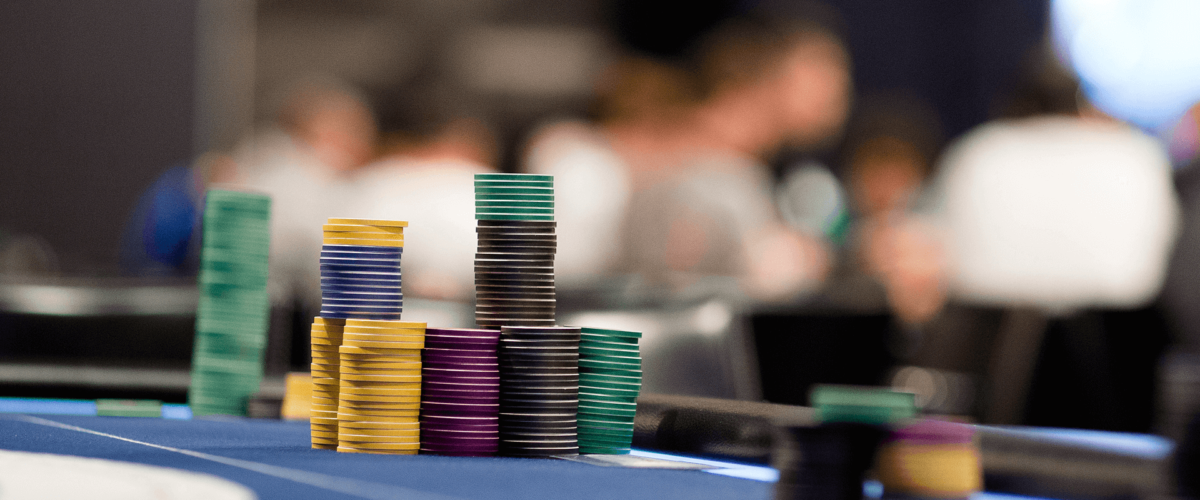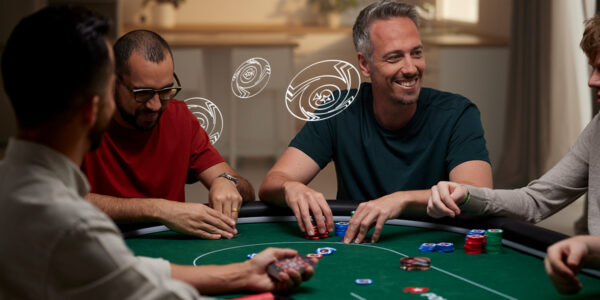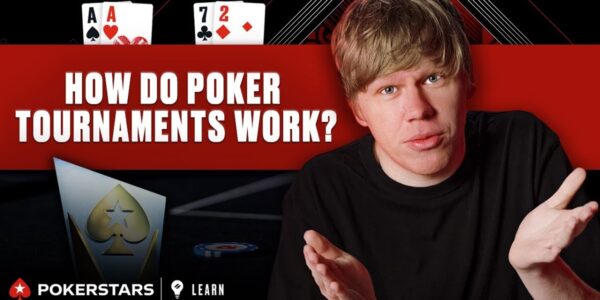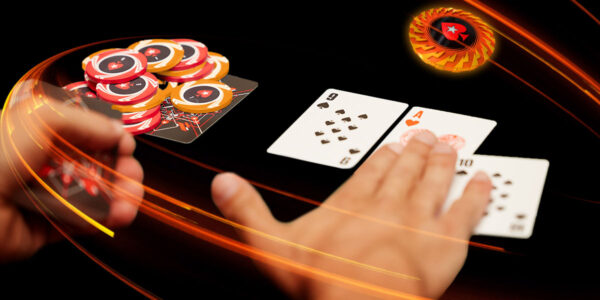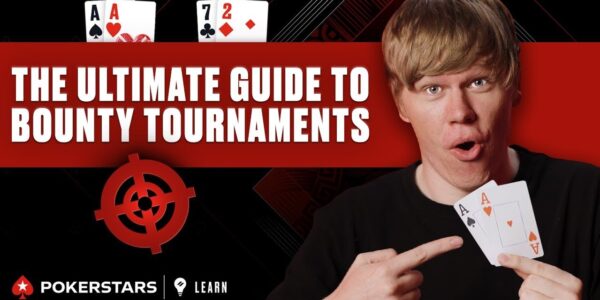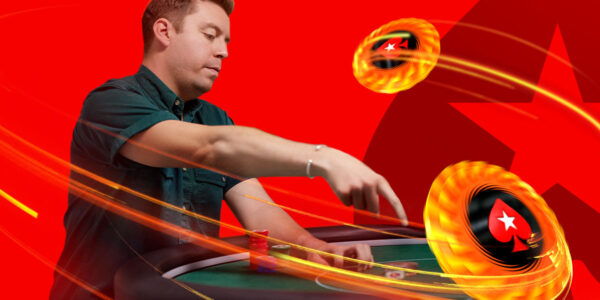The Do’s and Don’t’s of Overbetting
The modern game and the use of poker solvers has shone much light on the wide array of bet sizing options available to the serious player. Every time a new craze hits the online poker world, it is virtually guaranteed that half of the players who try to implement the new in-fashion play will mess it up horribly! Overbetting: meaning betting more than what is in the pot is one such craze that has taken hold in 2018-2019. This guide will help you get on board with overbetting in a sensible and informed way, avoiding the pitfalls of overbetting in all the wrong spots.
Your Range Should be Uncapped
‘Uncapped’ means that you can still hold all of the strongest possible hands allowed by the board.
If you have already checked behind the flop or check/called a small bet on a wet board, the chances are that your range is capped. It is correct to raise a set against a c-bet on 753 Big Blind vs. Small Blind and so flat calling this flop will eliminate nutted hands from your range. If the turn brings a fairly blank card like an offsuit Q, it will be almost impossible for you to hold a very strong hand. Therefore, when the small blind checks to you, overbetting the pot will rarely be in your best interests, especially since some opponents will get tricky and check a protected range here containing some top pairs and the odd overpair. A standard bet-size of three quarters of the pot will work better here when you do decide to fire. Your range is quite weak. You lack the strength to make an overbet for value so it does not make sense to bluff with one unless your opponent is timid and non-thinking.


A better spot to overbet would be as the Small Blind (SB) on this turn on the same 753Q board. If he was going to bet the turn, then using a sizing such as 130% of the pot makes a lot of sense because he can still have all of the strongest hands in his range and the Big Blind (BB) cannot.
Villain’s Range Should be Capped
A player is ‘Capped’ when it is highly unlikely that his range contains the strongest possible hands allowed by the board. Here is a spot where your range is uncapped, and your opponent is capped:
The Cut-Off (CO) opens and you decide to call in the BB. The flop comes a menacing 8♥ 7♥ 4♠ and you check to the raiser who elects to check behind. The turn is the 2♦ and the action is on you. Almost certainly, CO would have chosen to bet his sets, two-pair, and most over-pairs on the flop – it is simply too important for him to build the pot. Therefore, it is highly unlikely that he holds the best possible hands. You on the other hand, merely checked procedurally to the raiser with your entire range. As a result, you can still hold all of the best possible hands. Therefore, when bluffing or value-betting here, you can choose a very large sizing without ever running into a monster hand. A flush draw might be a good hand to blast for 140% of the pot as a bluff just as a set would be for value.
Contrast this to a situation where we open the CO and are called by the big blind. The flop comes J♣ 4♣ 2♠ , he checks, and we make a continuation-bet. Villain calls and the turn comes the 9♣ . The problem with overbetting this turn is that Villain is uncapped. He will call the flop bet with a lot of flush draws and so if we overbet now, we will sometimes be punished dearly by running into a nutted hand. Therefore, a more sensible idea in this spot is to choose a more standard bet-size of around 75% pot. This will still apply some pressure without losing too much when Villain is at the top of his range.
Overbet with a Polarised Range
Polarised means to take an action with only strong value hands and bluffs – nothing in between. It makes littles sense to overbet a medium strength hand because the larger we bet, the more we filter Villain’s range towards stronger stuff. This is fine when we hold a powerhouse hand because we beat even the stronger stuff. This is also fine when we hold a clear bluff (something with bad showdown value) because in isolating ourselves against stronger stuff, we also fold out a lot of weaker hands that would beat us at showdown. If we overbet with a medium strength hand, however, we only fold out hands we were going to beat at showdown the majority of the time anyway and lose extra money to the better hands in our opponent’s range. If we are going to overbet, we must select a polarised range to do it with.


Blockers
A blocker is a card in our hand that makes it harder (or impossible) for Villain to hold a certain hand, When we hold a card that blocks Villain’s stronger hands, it is a good idea to overbet as a bluff. On a runout of K♦ 7♦ 3♣ 4♣ 8♦ we might elect to overbet as a bluff with a hand like Q♠ because , by holding the , we make it impossible for Villain to have just made the nut flush. The overbet works well here because our blocker informs us that Villain’s range is capped. We can hold the nut flush and he cannot.
When value-betting the opposite is true when it comes to overbetting: we do not want to block Villain’s strong bluff catchers. For example, let’s say we are on the turn having bet the flop as the pre-flop raiser on []10♠ 6♥ 4♣ 2♦ . When holding 10♣ 10♥ , overbetting is a bad idea. By removing two of the three remaining Tens from the deck, we make it very hard for Villain to hold top pair. As a result, we are better off using a smaller value bet that gets called by second or third pair. I would stick to around 75% pot here.
Summary
- Overbetting is a fine weapon in your inventory when applied correctly.
- Overbet when your range is uncapped.
- Overbet when your opponent’s range is capped.
- Overbet with a polarised range. Not with medium strength hands.
- Overbet for value when you do not block Villain’s best bluff catchers.
- Overbet as a bluff when you block Villain’s best hands.


